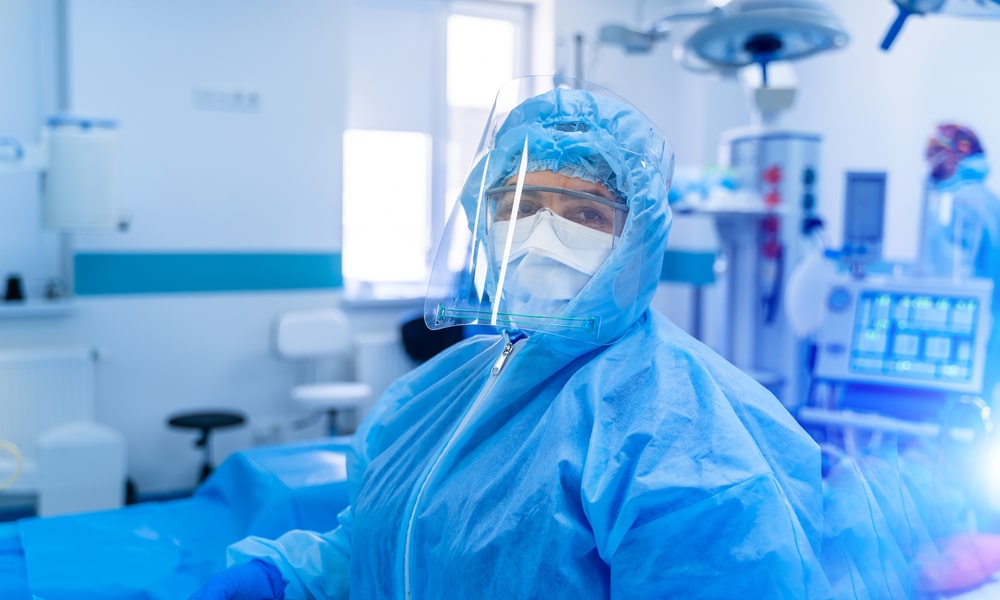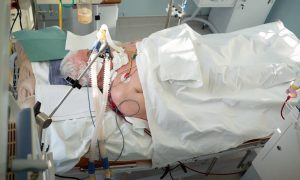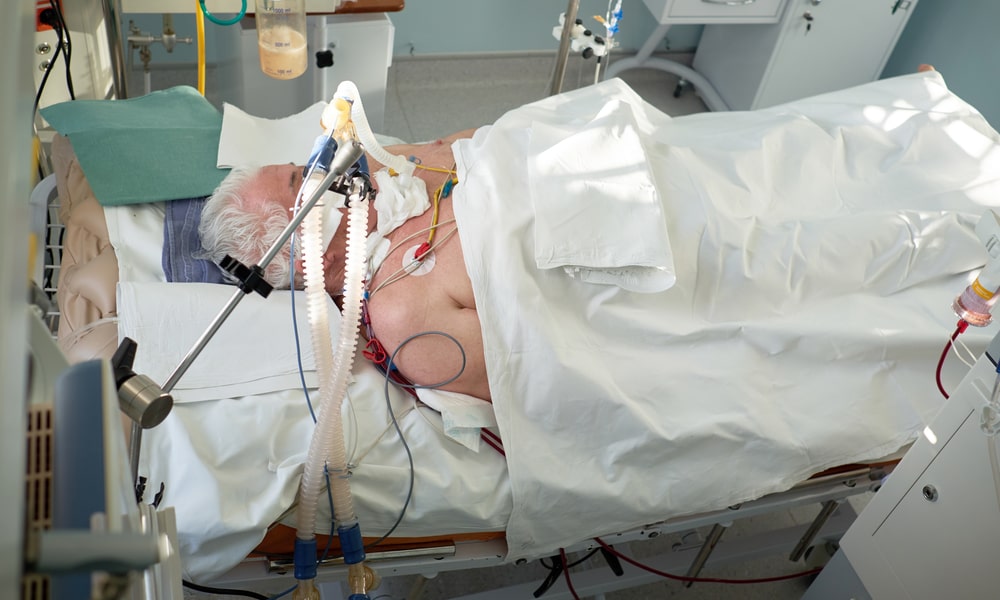This article summarizes results from a recent clinical trial, which showed how umbilical cord-derived stem cells can be a safe and effective option for improving the survival rate and recovery time of those with severe COVID-19.
The clinical trial
This small clinical trial included 24 patients with COVID-19 acute respiratory distress syndrome or ARDS. ARDS causes very severe respiratory symptoms, meaning this study was focused on the impact of stem cells in those patients that have been the most severely affected by COVID-19.
The experimental group received two doses of umbilical cord-derived mesenchymal stem cell infusions, while the control group received two doses of a control solution without stem cells. All patients also received standard care for COVID-19 patients.
Safety of the stem cell infusion
All patients (in both the experimental and control groups) were closely monitored for 24 hours after receiving the stem cells (or control solution). In this period post-infusion, there were no differences in the number of adverse events (defined as cardiac arrest or death following treatment) between the two groups. This indicates that the stem cell infusion was safe.
Surival rate and recovery time
When they looked at the survival rate one month after receiving the first infusion, 91% of the patients who received the stem cells were still alive compared to only 42% of the patients in the control group. These results suggest that patients who did not receive stem cell treatment were at higher risk of death from severe COVID-19.
Patients who received stem cells also recovered faster than the control group. 80% of patients in the experimental group recovered by day 30 compared to less than 37% in the control group.
Conclusions
The initial purpose of this small clinical trial was to establish the safety of using umbilical stem cells to treat severe cases of COVID-19. Not only did the findings support this safety, but they also found that patients who received two doses of stem cells were more likely to survive and recover. These promising observations now call for a much larger study so that umbilical stem cells can become a widespread treatment option for severe cases of COVID-19.
Reference
Lanzoni, G, Linetsky, E, Correa, D, et al. Umbilical cord mesenchymal stem cells for COVID‐19 acute respiratory distress syndrome: A double‐blind, phase 1/2a, randomized controlled trial. STEM CELLS Transl Med. 2021; 1– 14. https://doi.org/10.1002/sctm.20-0472











